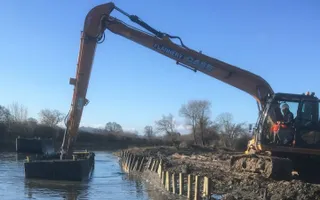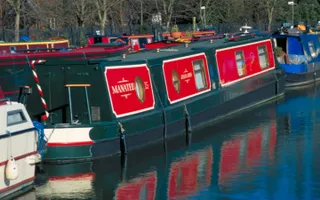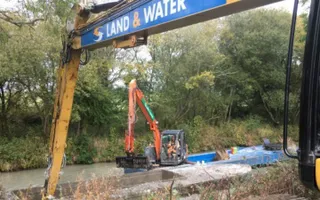First stage
The first stage is all about gathering information.
We have to carry out a hydrographic survey to establish the quantity of silt that needs to be removed.
Our environment team will complete an environmental appraisal to find out if there are any protected species in the area, whether it's a Site of Special Scientific Interest and if there are any time constraints we need to work to.
We'll organise a silt sampling survey and analysis to evaluate what can be done with the silt.
We consult with local boaters to find out about the stretches where they get stuck. It's very helpful to get the perspective of boaters when we're planning any dredging.
We'll also take a walk along of the length of the dredging site with our contractors, local staff from the waterway, an ecologist and the project manager. This helps us to gain a common understanding of what is to be achieved.
Second stage
The second stage is about planning and pricing the works.
During this stage, we'll consult with interested parties and regulators. We may have to seek formal consent from the Planning Authority, National Park Authority, Environment Agency, Natural England, English Heritage, Marine Management Organisation or their equivalents in Wales.
The contractor negotiates access and/or disposal routes with local land owners.
We'll price the work together with the contractor.
The contractor prepares the method statement and risk assessments for the work.
Third stage
The third stage is to undertake and supervise the works.







